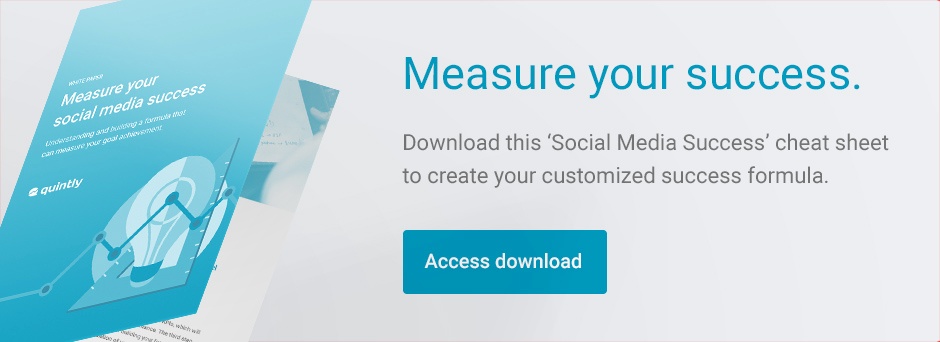
In social media analytics, it’s part of the process to understand audiences by their taste. The taste, in this case, is reflected upon the interactions of the audiences to different “triggers.” The term “triggers,” in this case, can translate to many of the different data points we have in analytics. Being more specific, we can see these “triggers” as, for example:
- Different types of posts
- Different time of day of posts
- Different days of the week
- Specific hashtags used in posts
- Specific keywords used in posts
- Length of posts
- Specific intention or call-to-action of posts
… and so forth.
By adding such data points and more to our analytics process we start building an understanding of our audience by understanding their “taste” or their “preferences.” We can then move into a more qualitative analysis and add to the mix of metrics data sets that will show us how the audiences react, measuring data points such as likes, comments, shares and even the content within the comments themselves, or what are people actually saying in the comments?
The reason why this is a common process in social media analytics is because we do not have access to a data set that tells us immediately and directly what exactly an audience wants to see. Details of audience taste and interests are not easy to come by when we look for data. It happens because of privacy reasons and sometimes simply because people don’t fill in a form stating what they like and don’t like (do you?).
Some processes in social advertising try to do that, and will offer things like “look alike” audiences for us to add to campaigns. The “look alike,” however, is not a guarantee that a certain content piece or campaign will be an automatic success. The reason being that the “look alike” will try to match any point that it finds relevant, and such point can be very broad.
A quick and very simple example
A manager at Nike generates a “look alike” audience that ends up matching people that have liked content by a “shoe brand.” Maybe inside that target audience there will be many people who don’t use the kind of shoe that Nike sells and are not interested at all on a photo of an athlete wearing the latest Nike model. In this example, maybe such content could have an impact depending on who the athlete is: celebrity? which sports team? Country? But then, the link with the audience is again not the product, and it would be just lucky if the audience happens to like that specific athlete - and analytics is about minimizing the “lucky” factor.
With this in mind, we can better understand the benefits of analytics and why working with analytics platforms such as quintly, for example, will help boost our performance not only in the short-mid term, but exponentially in the long term.
I chose the term ‘exponential’ in this case, because as we develop our use of analytics we will become better at it from several different angles. It will all add up to a level of performance and results much higher than when we started.
- As we develop, we will understand the metrics and need less time to interpret what we see.
- We will be up-to-date with what the social media networks offer and always measure the most significant data points available.
- We will optimize our internal processes with analytics and be able to act faster and better to bring theory into practice once we find our insights.
So while many people expect and focus heavily on short term or even immediate returns of implementing an analytics platform, the highest payoff will be truly waiting for us once we have developed our understanding beyond the “first steps.”
Once we understand the value of this analytics process for audience insights and how such “triggers” or metrics can point us to an understanding of our audience, we will understand why certain metrics might have superior value in our analytics process. This is the case with filtering mechanisms, for example. You can read more about that in this article.
In Conclusion
in this short article the point is only to reinforce our understanding that analytics will many times reveal insights after the analysis of many data points. It will also happen that more insights will be reached faster as we become more familiar with the data we are using and with our strategic use of the platform. Patience, therefore, is an important trait for anyone jumping into analytics. The patience to learn, and the patience to practice until we find the best methodology for our strategy.


Join the conversation. Leave us a comment below!